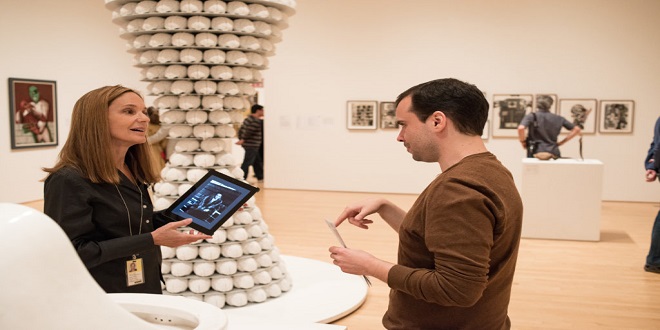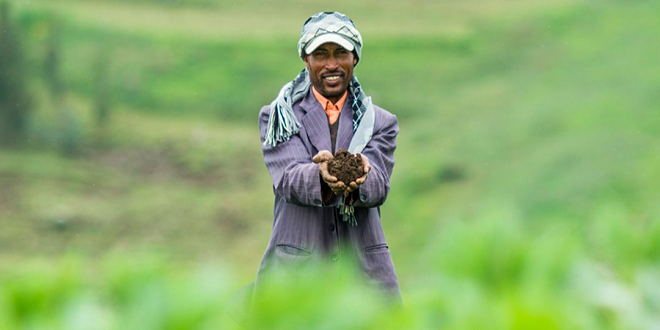How do you structure a volunteer program?

How Do They Work?
A major feature of structured programmes is that they’re self-funding. This means that volunteers not only make their own travel arrangements but also cover all their travelrelated costs, including insurance. Structured programmes do charge fees but these are often much less than those of organised programmes. The amount you’ll pay covers things such as organising your placement, a short orientation upon your arrival and your room and board during the placement. That’s usually about all they do cover, though.
Length of Programmes
While some structured programmes offer two-week placements, most ask for a minimum commitment of at least a month and others require volunteers to stay for a minimum of three to six months. Almost all programmes prefer longer-term commitments. Because of their flexible nature, many organisations will allow you to extend your stay. Heather Graham did exactly this when she volunteered at Casa Guatemala (p160) on the Rio Dulce in Guatemala:
What to Look for
This depends entirely on what you’re after. One of the first things you need to determine is whether to volunteer through an organisation based in your home country or one based overseas. Both options have their advantages. Sending agencies and organisations in your home country can offer face-to-face assistance prior to the placement and pre-departure support.
It’s often easier to discuss expectations and potential hurdles with someone from your own culture and to check out the reputation of an organisation located in your own country. On the other hand, overseas organisations often charge cheaper rates and you can be pretty sure that all of your fee is going directly to the local community. The programme is likely to be very grass roots, with all aspects of the project run and managed by locals.
Selection & Eligibility
The selection process for structured placements largely depends on the type of work you will be doing and where the organisation is based. Organisations based in the volunteer’s home country will often hold telephone or face-to-face interviews, while those based overseas are usually restricted to online applications.
In the latter case, it is very important that you make a special effort to find out whether the organisation you’re applying for a placement with is one you’d be happy working with and that seeks to match your interests and abilities with its needs. Wherever possible, talk to people who have volunteered with the organisation in the past; most organisations are happy to give out these contacts.
Length of Programmes
While some structured programmes offer two-week placements, most ask for a minimum commitment of at least a month and others require volunteers to stay for a minimum of three to six months. Almost all programmes prefer longer-term commitments. Because of their flexible nature, many organisations will allow you to extend your stay. Heather Graham did exactly this when she volunteered at Casa Guatemala (p160) on the Rio Dulce in Guatemala
What to Look for
This depends entirely on what you’re after. One of the first things you need to determine is whether to volunteer through an organisation based in your home country or one based overseas. Both options have their advantages. Sending agencies and organisations in your home country can offer face-to-face assistance prior to the placement and pre-departure support.
It’s often easier to discuss expectations and potential hurdles with someone from your own culture and to check out the reputation of an organisation located in your own country. On the other hand, overseas organisations often charge cheaper rates and you can be pretty sure that all of your fee is going directly to the local community. The programme is likely to be very grass roots, with all aspects of the project run and managed by locals.



